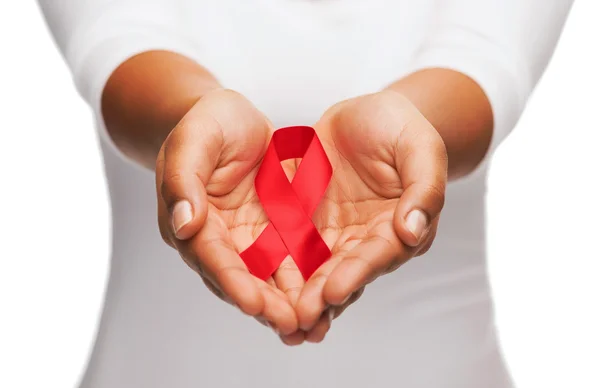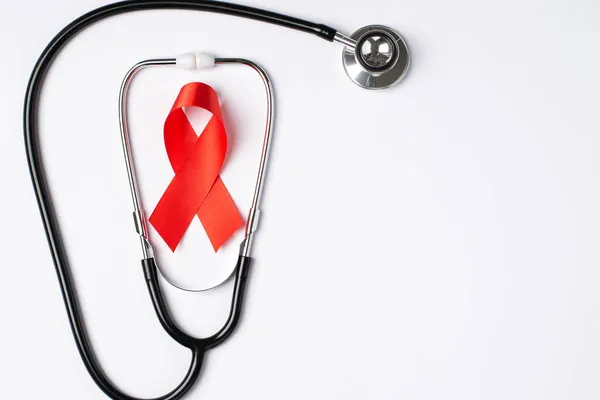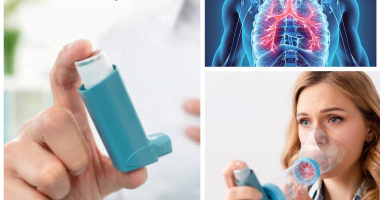It’s natural to wonder or ask if catching HIV/AIDS through kissing is extremely likely under any conditions, well that’s what this article is here to educate us about. HIV is primarily transmitted through the exchange of bodily fluids like blood, semen, vaginal fluid, and breast milk. While the virus can be detected in saliva in very small amounts, these levels are not sufficient to cause transmission through casual contact like kissing.
Catching HIV/AIDS through kissing can only happen under these conditions
However. while causal contact like kissing poses virtually no risk of HIV transmission there are technically scenarios where transmission could theoretically occur, though they are incredibly rare and require very specific circumstances:
1. Deep, open-mouth kissing with bleeding gums or open sores: Even in this case, the risk is still incredibly low. However, If the person with HIV has a high viral load and with bleeding gum. A detectable viral load means that the virus is present in their bodily fluids and increases the risk of transmission or if both partners have open sores or bleeding gums, and a significant amount of blood is exchanged during a very deep kiss, transmission is theoretically possible. This is why some sources may mention this scenario, but it’s crucial to understand its extreme rarity.
2. Trauma with extensive tissue damage: This scenario involves severe injuries like bite wounds or cuts during kissing, leading to direct contact between broken skin and infected blood. Again, this is highly unlikely and would require exceptionally traumatic circumstances.
RELATED: 15 infections you can catch through kissing
What are the most common ways HIV is transmitted?

The most common ways HIV is transmitted are:
Unprotected s3*ual intercourse: This is the most common mode of HIV transmission worldwide. It can occur through vaginal, anal, or oral s3x without the use of condoms or other protective barriers.
Sharing needles or syringes: HIV can be transmitted through the sharing of contaminated needles or syringes, particularly among people who inject drugs.
Mother-to-child transmission: HIV can be transmitted from an HIV-positive mother to her child during pregnancy, childbirth, or breastfeeding. However, with proper medical care, the risk of transmission can be significantly reduced.
Blood transfusions and organ transplants: Although rare nowadays due to strict screening procedures, HIV can be transmitted through blood transfusions or organ transplants from an HIV-positive donor.
Occupational exposure: Healthcare workers or first responders may be at risk of HIV transmission if they come into contact with HIV-infected blood or other bodily fluids through accidental needlestick injuries or other occupational exposures. It’s important to note that HIV cannot be transmitted through casual contact such as hugging, shaking hands, sharing utensils, or through insect bites.
How soon after exposure to HIV can symptoms appear?
HIV symptoms can appear within 2 to 4 weeks after exposure to the virus. This phase is called acute HIV infection, during which the individual may experience flu-like symptoms, such as fever, fatigue, swollen lymph nodes, sore throat, muscle aches, and rash.
However, it’s important to note that some people may not experience any symptoms during this stage. Without treatment, HIV can progress to the chronic stage, during which the virus may not cause any symptoms for many years, but it continues to damage the immune system. Early diagnosis and treatment of HIV are crucial in preventing the progression of the infection and associated health problems.
DON’T MISS: Is kissing safe health-wise?
What are the primary symptoms of HIV Infection?
The primary symptoms of HIV infection can vary from person to person, and they may not always appear immediately after infection. Some common symptoms that may occur within a few weeks to a few months after exposure to the virus include:
- Flu-like symptoms: Fever, sore throat, swollen lymph nodes, and fatigue are common symptoms that resemble those of the flu or a severe cold.
- Rash: A rash may develop on the skin, often appearing as small, red bumps or as a generalized rash on the torso, arms, or legs.
- Muscle and joint pain: Some individuals may experience muscle aches and joint pain, similar to that of a mild to moderate flu.
- Headache: Persistent headaches, sometimes accompanied by sensitivity to light, can occur during the early stages of HIV infection.
It is important to note that these symptoms are not exclusive to HIV and can be caused by various other conditions. The only way to confirm an HIV infection is through specific diagnostic tests, such as blood tests that detect the presence of HIV antibodies or viral genetic material. It’s recommended to consult a healthcare professional for proper testing and diagnosis.
How long does it take for HIV to progress to AIDS?

The progression of HIV to AIDS varies greatly among individuals and depends on several factors, making it difficult to give a single timeframe.
Here’s what we know:
- HIV can remain dormant for a very long time. Some people can live for years or even decades with HIV without developing AIDS, even without treatment.
- Without treatment, HIV gradually weakens the immune system, making individuals more susceptible to other infections and illnesses. This progression can take anywhere from 2 to 10 years, although some individuals may progress faster or slower.
- Early diagnosis and treatment with antiretroviral therapy (ART) can significantly slow or even halt the progression of HIV to AIDS. With effective treatment, people with HIV can live long and healthy lives.
Therefore, focusing on a specific timeframe for HIV progression to AIDS can be misleading as it doesn’t account for the diverse experiences of individuals living with the virus.
Here are some key takeaways:
- Early testing and treatment are crucial for managing HIV effectively.
- Regular medical checkups and adherence to treatment are essential for maintaining good health and preventing complications.
- Everyone reacts differently to HIV, and individual experiences are unique.
Resources
- Centers for Disease Control and Prevention (CDC): https://www.cdc.gov/hiv/default.html
- World Health Organization (WHO): https://www.who.int/news-room/fact-sheets/detail/hiv-aids
- The Joint United Nations Programme on HIV/AIDS (UNAIDS): https://aidsinfo.unaids.org/
- National AIDS Trust: https://www.tht.org.uk/
Note: This article is written based on scientific evidence found by the soundhealthandlastingwealth.com team. Sources are duly referenced.









